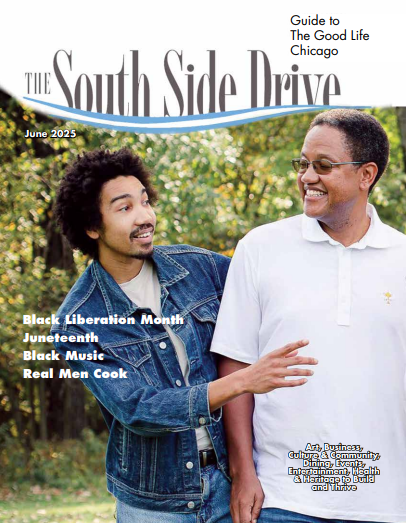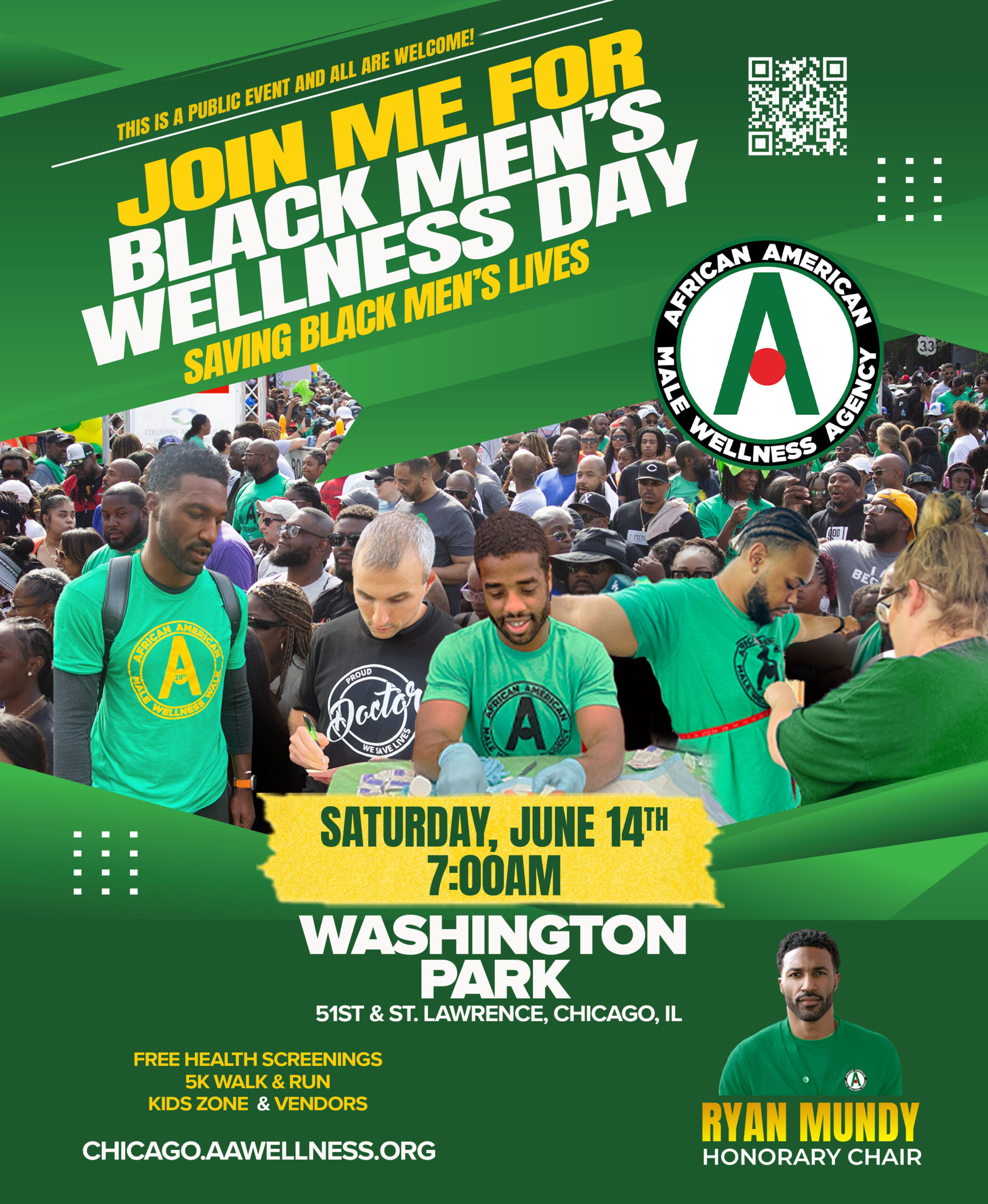Generation Z, also known as Zoomers, were said to have been born between 1997 and 2012. They were born into a world of iPhone, and big box stores, and social media and drill music. By the time Gen Zs were 14 years old, 54 Chicago public schools had been shut down. This is the world twenty-five year old Joy Gabrielle Williams was born into.
Joy was born in 1998. From pre-school through the first grade, she attended Dunne Elementary School, at 108th and Union, which was only a few blocks from her home at 107th and Normal. Joy remembers her first-grade teacher breaking down in class in the middle of the school year. As a result, there were substitute teachers for the rest of the year. “I didn’t feel like we were learning at that point.” Joy recalls, “we were just being babysat and yelled at to shut up, which is why we left that school.” Dunne was her neighborhood school in Roseland.
In the second to fifth grades, Joy attended James a Neil. Her uncle lived on the same block of 85th and Michigan, and so the family used his address. Joy describes her experience, “Each year got worse as far as not being able to focus and pay attention effectively in class due to the class size being so big.” Thirty children in a classroom make it nearly impossible to teach, according to some retired teachers. Joy’s classroom at Neil school had 40 students in it. To six-year-old Joy it felt like her classroom consisted of a lot of yelling and very little teaching. “Adults were always yelling at us to be quiet,” she said, “ Gym was frequently taken away. We were forced to eat lunch in silence and any fun activities were rare.” Joy told us she always had a hard time fitting in with her peers, and not getting good grades in math always stressed her and her parents out. Eventually, Joy’s parents decided to try a private school.
Joy attended Promise Center Academy during the 6th grade. She describes Promise Center Academy as a small, underfunded, all Black Christian private school located in a church in Riverdale, IL. The curriculum was simple. Too simple, which promoted the family to keep looking.
For 7th grade, Joy attended Southside Baptist, an all-white private Christian school located in a church and moderately funded in Oak Lawn. “That experience probably marked the peak of her understanding of how bad her issues with math truly were, she recalled. She remembers that the curriculum was overwhelmingly challenged in all subjects except for Bible Study. “It was particularly difficult for me to take tests of any kind,” she said, “especially in math.” That year at the Southside Baptist Church was Joy’s first year of going to school with other races and experiencing racism from students and administrators. “I heard my peers say things like ‘you are a different black,’ or ‘not black enough,’” she recalled. Neil was also the first school where Joy experienced getting in trouble due to questioning the Bible study teacher on theology. Growing up, studying the Bible was a subject Joy had always been confident in. “The school was not happy,” she says, “and my parents were called due to what I was wearing, even though my parents approved of what I was wearing.” The following year, Joy transferred from Southside Baptist Church.
Joy lived in the Fenger High School district, and by all accounts that was the high school she should have gone to. At one time, Fenger was considered one of the best Chicago schools. But all that changed when George Washington Carver became a Military Academy. Then students from Altgeld Gardens who didn’t qualify for the Military Academy in their neighborhood, had to go to Fenger and that led to the rivalry between the Roseland gangs and the Gardens gangs. “There were a lot of deaths at Fenger during that time,” Joy said. Joy’s father was a maintenance supervisor of an apartment complex in Palos Hills. He heard from his coworkers and residents the positive praises of District D230. And Conrady Junior High and High School. So using the address of the apartment, she was able to attend Conrady Junior High in the eighth grade.
Joy was diagnosed with ADHD in elementary school, and never received an IEP, (Individualized Educational Program), while with the Chicago Public schools. Although IEP is federally funded and supposed to be available for any child with a learning disability, the Chicago Public Schools didn’t seem to have the resources to give children the required IEPs or to deal with slight disorders in any way. “They would just put you in a classroom with severely profound children,” she said.
At the 8 th grade at Conrady, Joy underwent an evaluation for extra support in math and test taking. The testing took four months. Once again, the results came back that she had ADHD. This time she received the assistance she was supposed to.
She received an IEP, which meant medication was recommended. She was given extra time on tests. She was allowed to copy notes during class and a designated period of the day was set aside for studying and extra help in a subject.
There was even an option of having the test read aloud,” she says. Joy was also assigned a case manager who would check in with her once a week. At the end of each year, from 8th grade until senior year, she would have an IEP meeting to check on her yearly process. Those kinds of services should have been available at CPS.
Although Joy feels as though she received a good education at Conrady, she often wishes that CPS had the resources where she could stay among her peers. “I made the mistake of telling them where I was from, when one asked,” she says, “and I vowed never to do that again. They would say things like, ‘you’re not like them,’ meaning the kids in my neighborhood. But I wanted to say, I am like them, I am one of them.”
She had just entered high school in the suburbs when Mayor Rahm Emanuel closed down 54 Chicago Public schools. “I felt heartbroken to hear the news blaming students’ behavior as the reason for the schools closing,” she said, “I felt like a traitor that was guilty of leaving the city. But mentally, I was preparing myself to come back to use all that I had seen to speak to the greater issues of our school systems that are ignored.”
Joy feels that the closing of the schools, among other things, shaped the Gen Z generation in many ways. “The schools closing down opened a floodgate,” she says, “Kids had to cross gang lines to go to schools. Gang wars were exacerbated. There were enormous numbers of deaths as a results of schools shutting down.”
Neighborhood schools defined neighborhoods traditionally, and without neighborhood schools, there were literally no neighborhoods. Just blocks of houses and apartment buildings “The gang community isn’t what kids want to be involved in,” she said, “It’s just another heart cry.”
Growing up in Roseland, she said, was like an island experience. “You can’t walk around in your own neighborhood. It’s too dangerous. When you’re not in school, you’re stuck in one place.”
The drill music. The murder music. Those are products, she feels, of the school closings. “People think drill music influences kids to be like gangsters,” she says, “but I think music doesn’t influence, it just reflects what is happening. Drill is young kids talking about what they are doing, what they are experiencing, and how they are surviving.”
Then there’s the racism. “During the Obama era, we thought racism was over,” she said, “then Trump won, and the floodgates of racism opened.” It seems as though racists were just waiting for someone like Trump to come along so they could be openly without fear of reprisal. “Most kids I went to high school with were racist, and I didn’t know it.” she told me.
“Gen Z has a lot of instant access and a lot of anger,” she says, “Anger will present itself in the way of action. Gen Z feels really strong in taking action.”
Social media has also affected Gen Z, she says. “Social media is becoming like the news. There’s the algorithm, the footage, and there’s Tik Tok with constant video images that last 10 seconds or less. There’s Instagram, and it’s so easy to be on Instagram all day.” She says a lot of people say she’s old because she never downloaded Tik Tok. “Social media is a lifetime culture; it’s so unhealthy,” she says, “it takes away from people’s individuality. When I was in high school, somebody would post something on Twitter, and next thing you know, it was a fight happening.”
Joy studied political journalism in college, but when she came out, she discovered community organizing. She found an organization called the Human Rights Campaign. She worked with them for a year, then started working for the People’s Lobby. There was a lot of door knocking. One of the issues they were working on was figuring out the issues that came as a result of the 54 schools that closed. That was right up Joy’s alley. “They gave me the script. I’m passionate, and I was good at fundraising. They were passionate about the fundraising I was doing, but I wasn’t sure about where the money was going to deal with 54 schools closing. That’s when I found out about politics. I found out they weren’t doing anything about 54 closed schools. They were just trying to elect northside candidates.”
She worked for Fritz Kaegi for a while, and then for Chicago Votes. Ended up working for Local 73 SEIU, with the Chicago Public Schools. Maybe she can make a difference. Maybe she can keep them from failing other children like she feels they failed her.
Through her community organizing, she got to know Chicago. “I didn’t know Chicago had a north side until I took those jobs that had me going up north,” she said, “Growing up, I wanted to live in New York, not realizing there was a whole different side of the city. Why can’t my side of the city look like that?? She asks, “How can we encourage our elected officials to not have the tale of two cities anymore? The south side is bigger than the north side, but all we have is dollar stores, liquor stores, churches, and Wal-Mart.”






